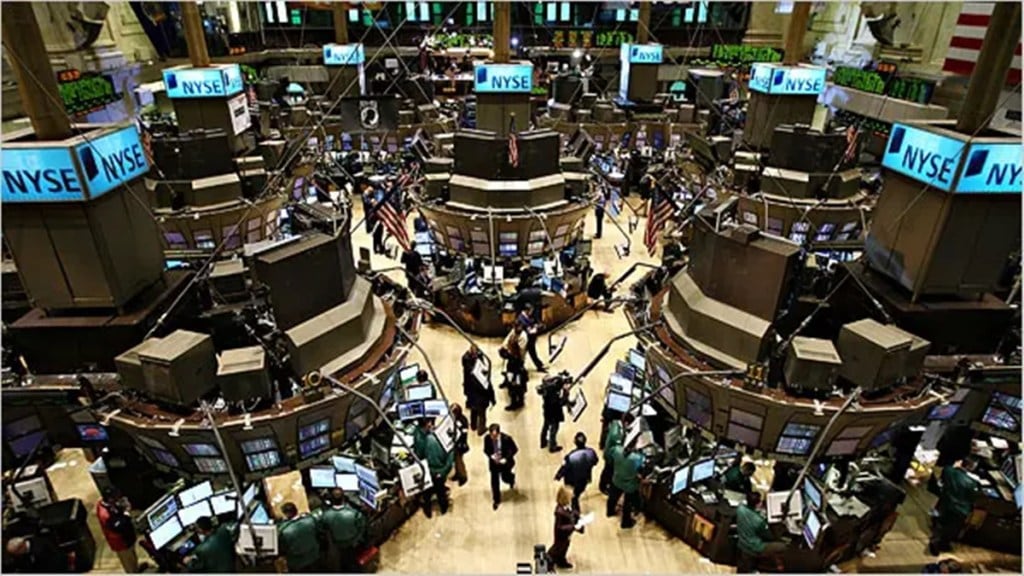On President’s Day, also known as Washington’s Birthday, the US stock market will not be open for trading. The third Monday in February is designated as President’s Day. The Nasdaq and New York Stock Exchanges will be closed on February 17, 2025, in honor of all former US presidents, due to President’s Day.
After closing at 4 p.m. EST on February 14, the stock market will not reopen until 9:30 a.m. EST on February 18. There are also pre-market and after hours trading sessions available, also known as Extended Markets. For Nasdaq, pre-market trading hours are 4:00 am to 9:30 am, Eastern Time Zone. After hours runs from 4:00 pm to 8:00 pm, Eastern Time Zone. Certain brokers have different pre-market and after hours trading times.
Some online brokers do allow you to trade during those hours; check with your broker to see if you’re eligible to make those kinds of trades. Know that Extended Markets carry risks. The volatility tends to be much higher, and there is less liquidity, meaning that fewer people are trading and that prices tend to move much more dramatically.
The US bond market will be closed on Presidents Day, but the federal bank, currency, commodities, and global financial markets are anticipated to remain open. On Monday, a number of commercial banks might be closed.
US stocks experienced mixed results on Friday, with the S&P 500 remaining mostly flat, the Nasdaq increasing by 0.4%, and the Dow falling 165 points. Markets remained stable amid policy shifts, including Trump’s tariff plans and Ukraine peace talks, with tech stocks leading gains.
The big news on the global front is coming from Japan. On Monday, Japan’s 10-year government bond yield rose beyond 1.36%, marking its highest level in nearly 15 years, as investors reacted to robust economic growth data.
Japan’s GDP grew by 0.7% quarter on quarter in the fourth quarter, up from 0.4% in the previous quarter and exceeding expectations of 0.3%. On an annualized basis, Japan’s GDP increased by 2.8% in Q4, meeting expectations and accelerating from 1.7% growth in Q3.
The favorable data points to a hawkish view for the Bank of Japan’s monetary policy. While it is unclear if the BOJ will raise interest rates again in March, additional rate hikes are widely expected later this year.
Also Read: Gold vs. Sensex: A 20-year analysis reveals crucial lessons for asset allocation
Global Gold Prices
Gold surged above $2,900 per ounce on Monday, indicating a likely technical rebound after its biggest one-day decline in two months. Traders are concerned about the likelihood of market disruptions caused by US President Donald Trump’s tariff threats and the Federal Reserve’s monetary policy outlook. Trump’s tariff policies have become increasingly unpredictable due to delays and exclusions, with geopolitical and economic uncertainties bolstering the attraction of gold as a safe haven. In India today, the ten-gram 24 carat gold price is Rs 85,000.
Also Read: US CPI data put Fed at a crossroads: Pause, rate cut or hike?

